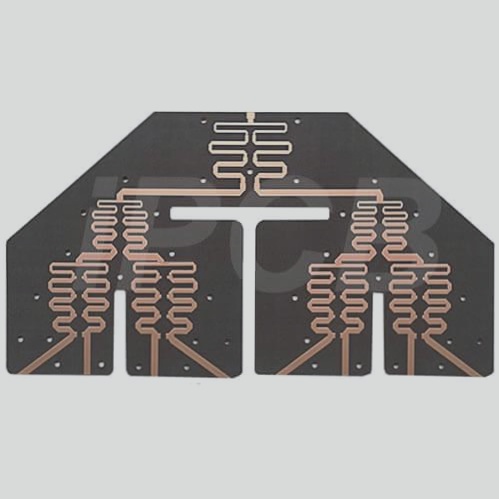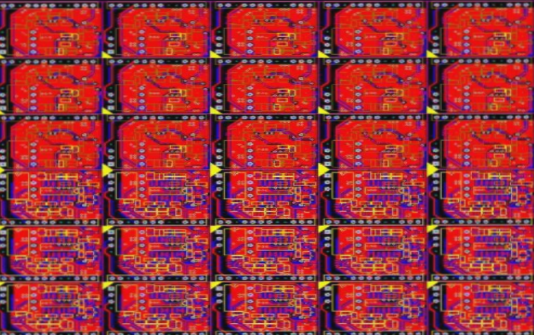Understanding PCB Substrate Glass Cloth Types
Just like different numbers on lipsticks represent various colors, the numbers assigned to PCB substrate glass cloth types signify distinct types of glass cloth.
Figure 1: Schematic Diagram of PCB Substrate Manufacturing Process
The substrate of a printed circuit board (PCB) consists of resin, reinforcing material, and conductive copper foil. Conductive copper foil is where circuit diagrams are realized, while resin and reinforcing materials provide structural support.
The numbers like 1080 and 2116 designate specifications of woven glass fabric used as reinforcement materials in PCB substrates.
Electronic-grade fiberglass cloth, the base fabric for PCBs, is crucial in the electronics industry. It is woven from electronic-grade E-glass fiber yarn and falls under electrical insulation glass fiber applications.
With the increasing signal transmission rates of high-speed interconnect links, the signal integrity of PCBs has become crucial. Glass fiber cloth plays a significant role in signal transmission, especially in 5G applications and automotive radar systems.
Reinforcement materials like glass fiber cloth, paper, cellophane, and aramid fibers impact the electrical performance of PCBs. Plain-woven glass fiber cloth is preferred for its mechanical and electrical properties and cost-effectiveness.
For instance, FR4 uses epoxy resin and woven glass fabric as its reinforcing material, while FR2 employs phenolic resin and cotton paper.
Understanding the manufacturing process of woven glass fabric, a key reinforcement material in FR4, is essential for designing high-quality PCBs.
PCB Manufacturing Process
During the PCB manufacturing process, inorganic substances are melted to create glass fiber filaments and yarns. These yarns are then woven into glass cloth, with the properties of the glass fibers influenced by the elements used and the weaving technique.
Glass Cloth and PCB Design
The density of the glass cloth weaving affects the resin content and, after pressing, leads to variations in dielectric thickness and mechanical/electrical properties. Attention to the specifications of woven glass fiber cloth is crucial in laminated design for PCBs.
PCB Production Process
PCB manufacturers do not start from raw materials but order prepregs and laminates from substrate manufacturers. The layer stack-up requirements determine the final PCB structure, with factors like prepreg thickness and copper residual rate influencing the spacing between layers.
Substrate Selection
For example, the KB-6065F substrate has specific resin content and lamination thickness. Different prepreg specifications offer various resin content and thickness options, impacting impedance control and overall board thickness.
Impedance Control and Design
Adjusting the spacing between layers in stack-up design is essential for impedance control. Software tools like Huaqiu DFM provide impedance design features to apply templates or customize impedance parameters for PCB design.
- Reference Standard for Circuit Layer Stack Impedance Design
- Impedance Template (6-12 Layer High TG)
By following manufacturer-provided stack-up structures and utilizing impedance design features, PCB designers can optimize their designs for performance and functionality.
Understanding the Impact of Fiber Weave on High-Speed PCB Design
When delving into the intricacies of high-speed PCB design, it’s crucial to acknowledge that the implications of stacking and impedance are just the tip of the iceberg. With the rapid evolution of high-speed digital links exceeding 10Gbps and the growing demand for millimeter-wave links on PCBs, the effects of fiber weave cannot be overlooked.
As we navigate through the series of numbers 106, 1067, 1080, 1086, 3313, 2116, 1506, and 7628, it becomes evident that a comprehensive understanding of fiber weave is essential for optimizing signal integrity and minimizing interference in advanced PCB designs.
If you have any inquiries or require further information, please do not hesitate to reach out to us at info@wellcircuits.com.



